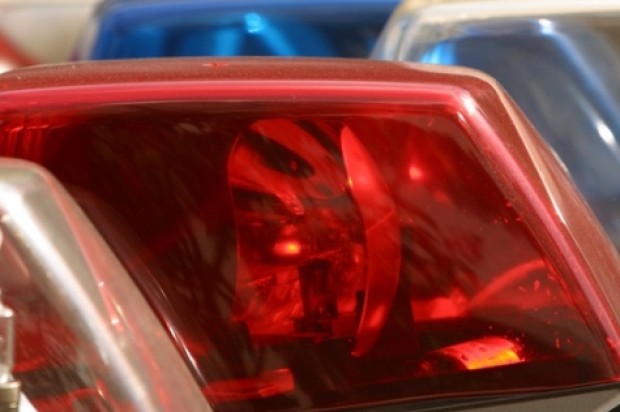
The National Transportation Safety Board is investigating whether one of the two people killed in Saturday’s Asiana Airlines crash might have been unknowingly hit by a fire vehicle at the scene, a San Francisco Fire Department spokeswoman said this evening.
Units from San Francisco International Airport and the San Francisco fire and police departments as well as San Mateo County responded to the 11:27 a.m. crash of Flight 214, fire department spokeswoman Mindy Talmadge said this evening in a statement.
See all SF Appeal coverage of the crash of Asiana Airlines Flight 214 here.
The NTSB is conducting a “very thorough investigation” into whether one of those vehicles might have struck a victim at the crash site, Talmadge said.
The department is not allowed to discuss or speculate on specifics, she said.
Flight 214 had been flying from Seoul, South Korea to SFO on Saturday when it crashed during a landing in clear and calm conditions. The impact killed two teenage girls and injured more than 180 other passengers.
A preliminary review of flight data recorders pulled from the wreckage of the Boeing 777 has revealed that the airplane was approaching the runway “significantly” below the recommended target speed before it crashed, a federal investigator said today.
National Transportation Safety Board chairwoman Deborah Hersman said that her team has already reviewed information from the plane’s two “black boxes,” a cockpit voice recorder and a flight data recorder.
Hersman said that information from the recorders revealed that the plane was approaching SFO significantly slower than the recommended speed of 137 knots, or around 160 miles per hour.
“The speed was significantly below 137 knots, and we’re not talking about just a few knots,” Hersman said. “We’re talking about significantly below.”
According to preliminary information from the cockpit voice recorder, crewmembers operating the plane made a “call for an increase in speed” about seven seconds before the plane crashed, Hersman said.
About four seconds before impact, a cockpit instrument called a “stick shaker” gave crewmembers an audible warning that the airplane was about to stall, Hersman said.
About 1.5 seconds before the plane crashed, cockpit pilots requested a “go-around” from SFO’s air traffic control, Hersman said, meaning the crew asked to circle around the airport and attempt a second landing.
The plane crashed on SFO Runway 2-8 L, slid several hundred feet and burst into flames.
More than 120 people walked away from the crash uninjured.
Despite initial revelations from the investigation, Hersman stressed today that all information was preliminary, and that her investigators had been at the crash site for less than 24 hours.
She said that the NTSB’s investigation would be extensive, and would include interviews with crew and crash victims, analysis of flight plans, flight kits, and cockpit conditions, reviews of crewmember experience, health and other “human factors,” analysis of drug and alcohol tests, and a complete documentation of the debris field and analysis of the airplane itself.
Hersman asked members of the public who witnessed the crash to submit their accounts, photographs and video to the NTSB website, www.ntsb.gov.
Hersman stressed that it was too early in the investigation to “reach a determination of cause,” and federal teams would likely be at the crash site for at least another week.
A full investigation could take 12 to 18 months to complete, she said.
“Everything is on the table right now,” Hersman said. “It is too early to rule anything out.”









